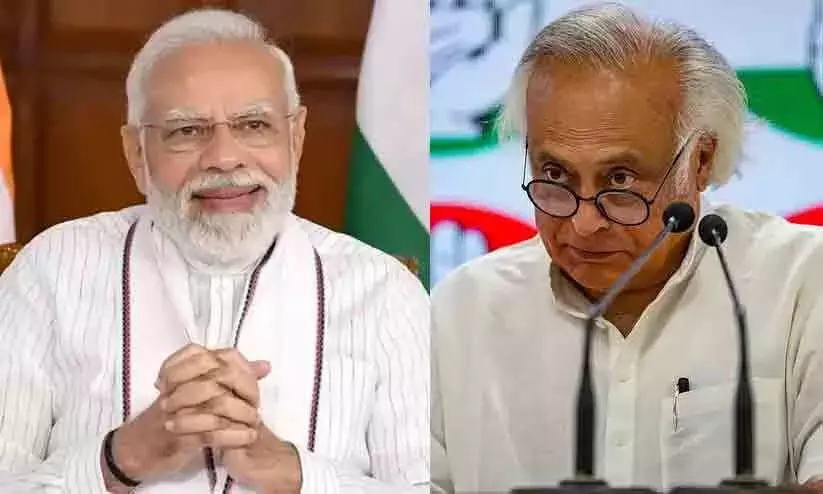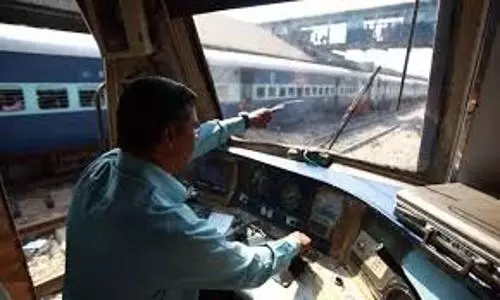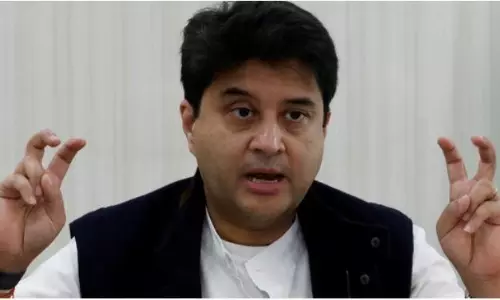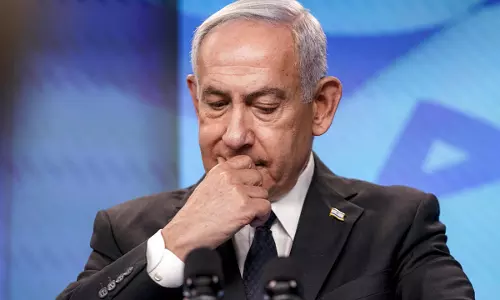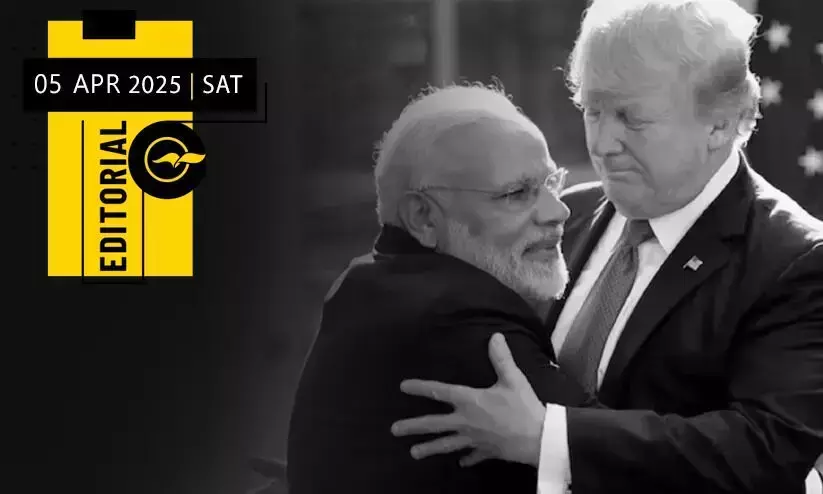
The trade war in which everyone loses
text_fieldsOver the past few years, the term 'trade war' has emerged in our socio-economic affairs. Generally, a trade war refers to the retaliatory measures between nations that disrupt international trade and the global economy, altering the world order. Nations aim to make trade and economic interactions as free and transparent as possible, which is one of the fundamental interests of modern democratic systems. The World Trade Organisation (WTO) and other international institutions oversee the implementation and observation of this concept. However, when powerful nations disregard such established institutions and international laws and engage in mutual retaliation, global media labels it as a 'trade war'.
Over the past seven years, this trade war has continued, reaching its peak with the intervention of American President Donald Trump. In his second term, Trump, with a more aggressive approach, has shaken the world with his 'reciprocal tariff' actions. By imposing tariffs on 60 countries, including India, Trump has delivered a major blow. Despite India's Prime Minister meeting Trump, there has been no relief for India; a 26% tariff has been imposed on Indian products. Framed as America's 'Liberation Day', the announcement of the 'reciprocal tariff' had its global repercussions become evident within 24 hours. Signs of significant uncertainty in our country's export sector are already becoming evident.
The tariffs were a plan initiated during Trump's first term. In March 2018, the imposition of 10% and 25% tariffs on aluminium and steel, respectively, marked the actual beginning of the trade war. While benefiting American steel and aluminium industries, Trump's primary aim was to weaken China, the largest exporter in these sectors. However, it wasn't just China that faced the impact; almost every country except Australia and Brazil was affected. Despite WTO intervention, no resolution was achieved.
Consequently, other nations also increased tariffs on various products. China retaliated by imposing a 25% tariff on 659 American products, resulting in a $50 billion burden on the U.S. Canada, Mexico, the European Union, and Turkey followed China's lead, escalating the conflict into a major trade war. India also joined by increasing tariffs on 29 American products. After Trump, the Democrats under Joe Biden's leadership brought some relief, though not a complete return to the previous state.
However, Trump's second term introduced even more destructive policies. Within 100 days of taking office, he implemented the first phase of these extreme measures. Asia and Europe are expected to bear the brunt of this move. In Asia, China remains Trump's primary target. The previously imposed 20% tariff has now been increased to 54%. The European Union faces a 20% tariff. The repercussions of these actions on the global economy are significant. If nations respond with counter-tariffs as before, it could paralyse global trade and the economy. Currently, China has announced a 34% additional tariff on American products as an immediate retaliatory measure, along with import restrictions on certain companies. Similar actions are expected from other countries. One thing is certain: no one wins in this war; the outcome will be a loss for everyone.
The diplomatic ties with America and the so-called friendship between the Modi government and Trump have not been enough to influence the White House, which is being viewed as a diplomatic failure for India. In a sense, this is true. It is evident that discussions and diplomatic moves have not yielded results. While India expected tariffs between 15% and 20%, it had to face even higher rates. The imposition of a 26% tariff on Indian products is raising concerns about its adverse impact on various industries in the country.
At the same time, when compared to neighbouring countries, it can be argued that India has been subjected to 'lower' rates. Nevertheless, there is no doubt that this is a setback for India's export industry. Initial indications suggest major setbacks in sectors like jewellery, energy, and IT; additionally, there will be a severe downturn in fish exports, including those from Kerala.
Only the textile sector might offer some relief. However, major job losses are anticipated in the IT and electronics sectors. In conclusion, the current tariffs imposed by Trump are a heavy blow to India's efforts to become the world's third-largest economic power. How the Modi government will counter this challenge remains to be seen.





